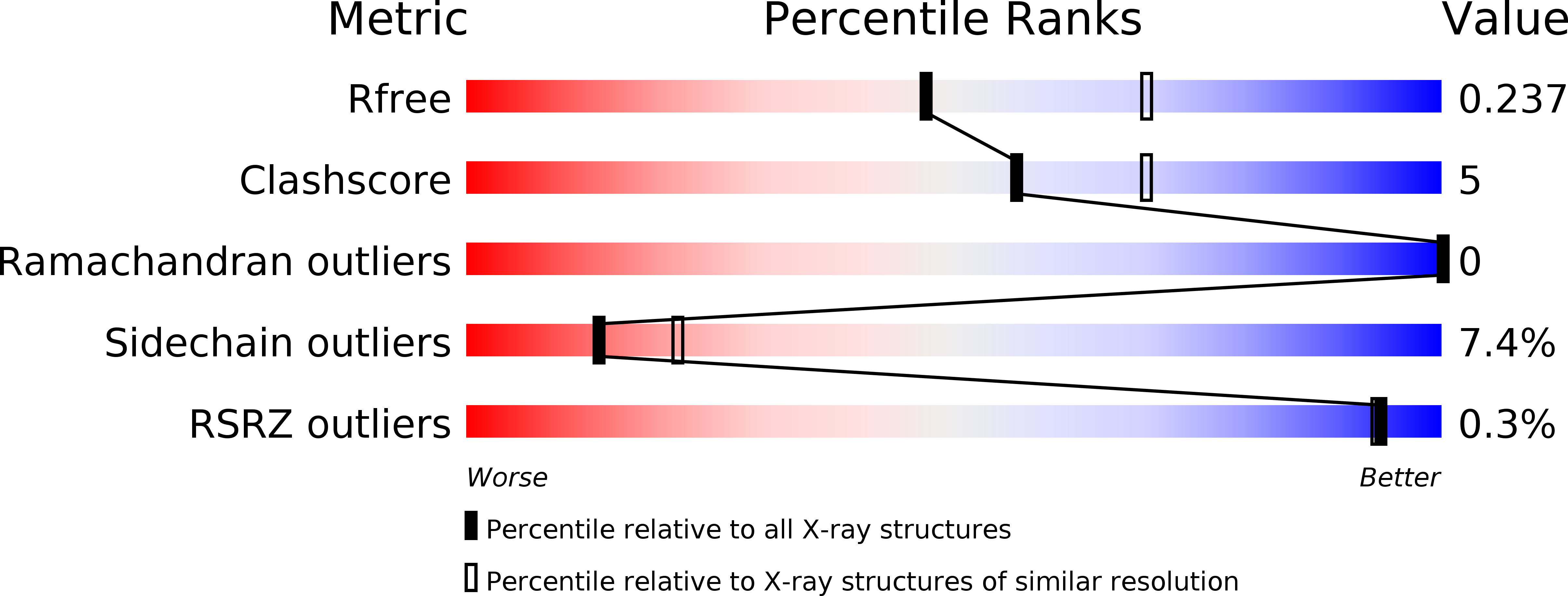
Deposition Date
2011-02-16
Release Date
2011-07-20
Last Version Date
2023-09-13
Entry Detail
PDB ID:
3QQY
Keywords:
Title:
Crystal structure of a novel LAGLIDADG homing endonuclease, I-OnuI (from Ophiostoma novo-ulmi subsp. americana)
Biological Source:
Source Organism:
Ophiostoma novo-ulmi subsp. americana (Taxon ID: 170178)
Host Organism:
Method Details:
Experimental Method:
Resolution:
2.40 Å
R-Value Free:
0.24
R-Value Work:
0.18
R-Value Observed:
0.19
Space Group:
P 21 21 21


